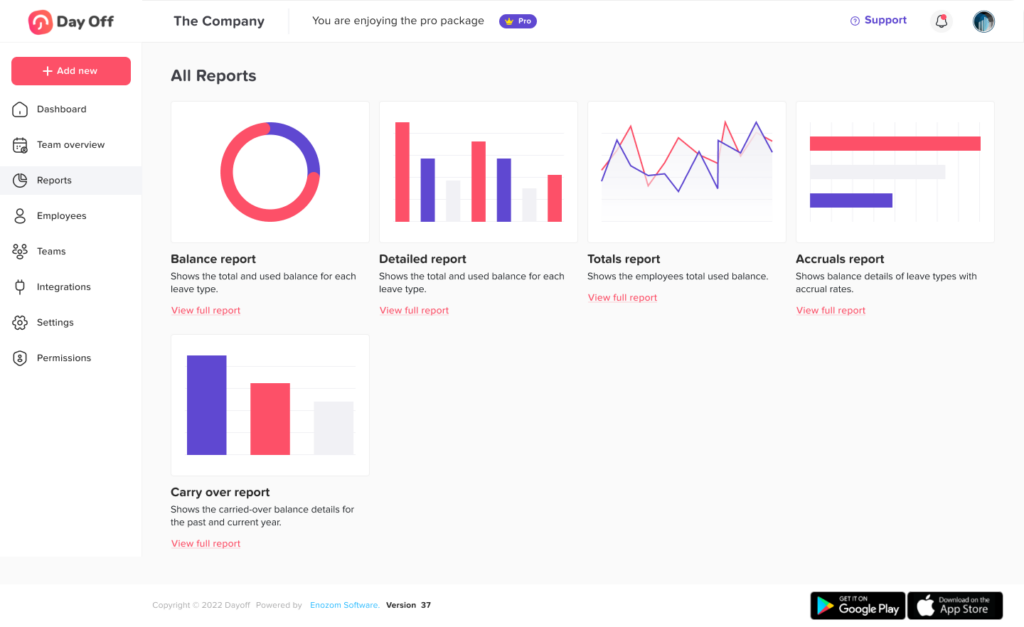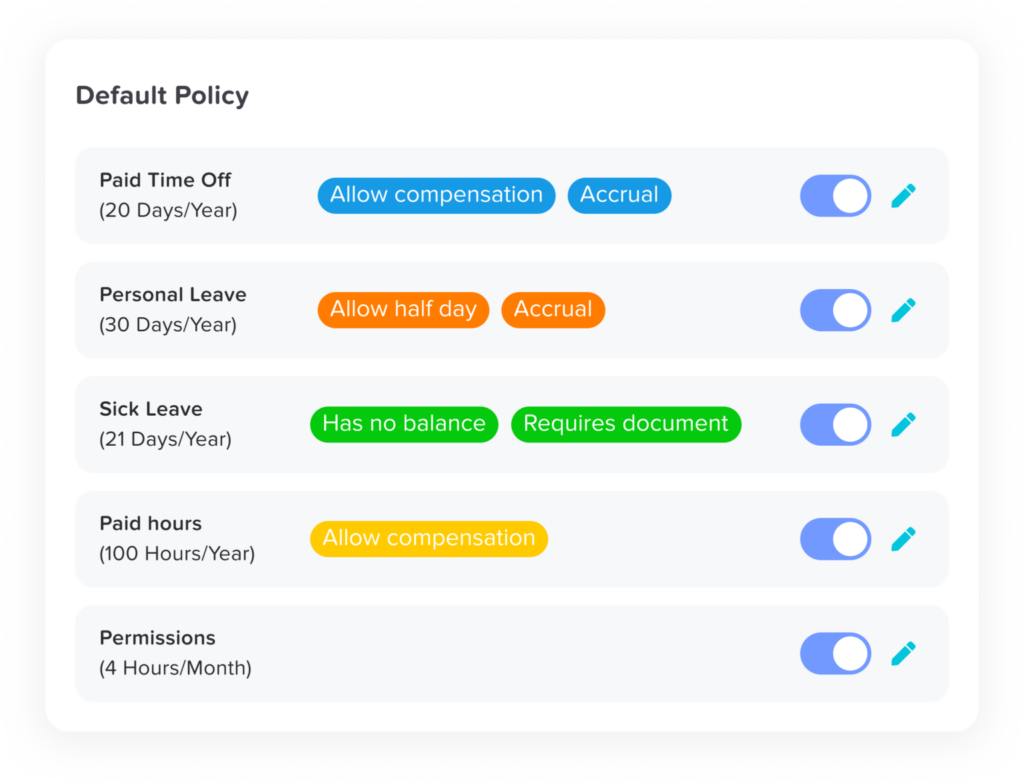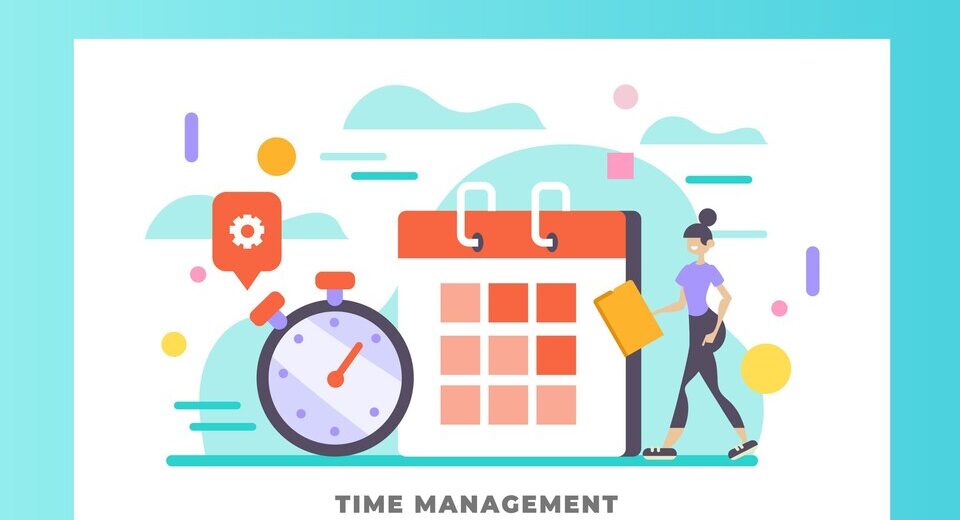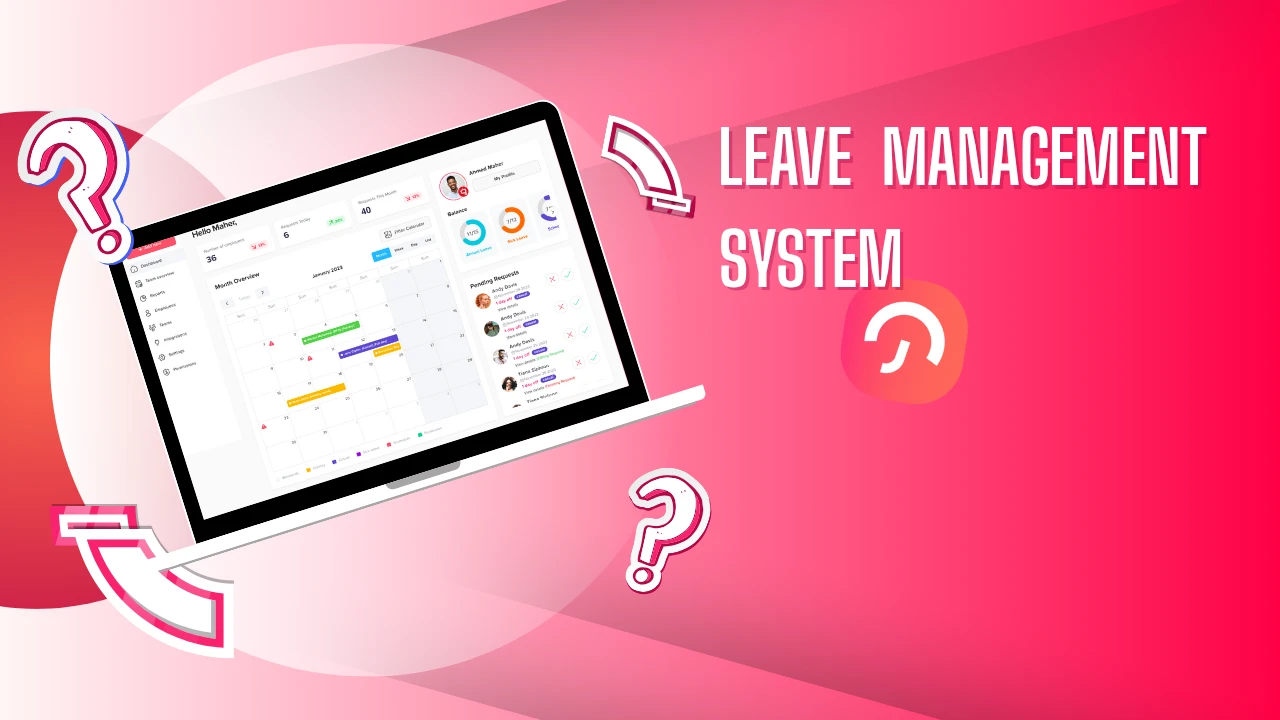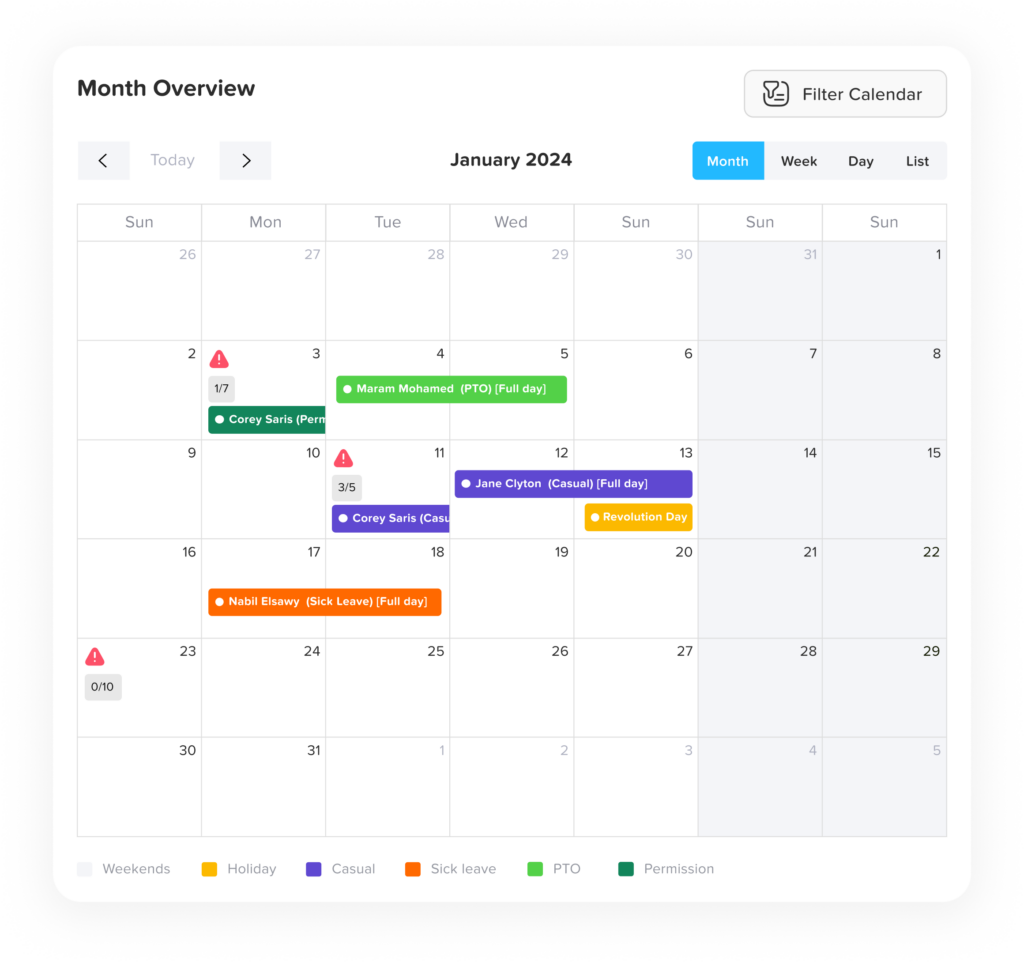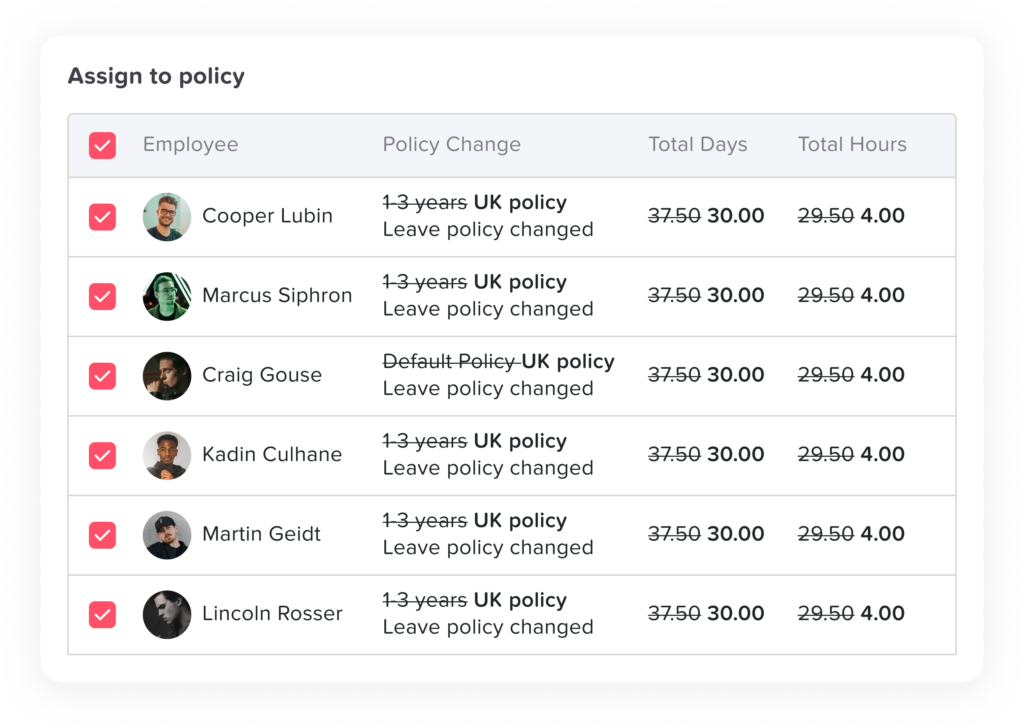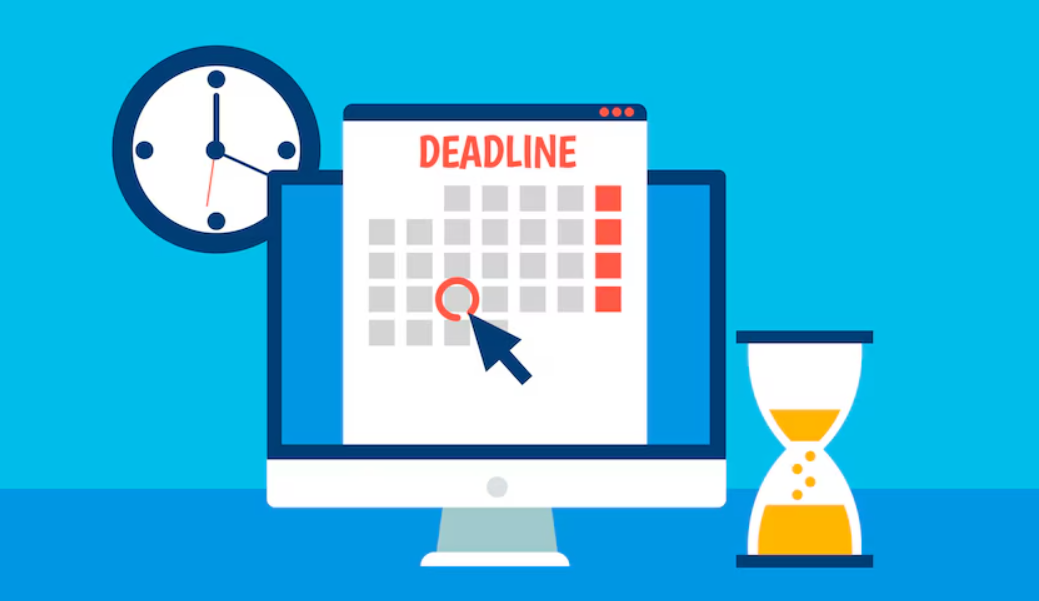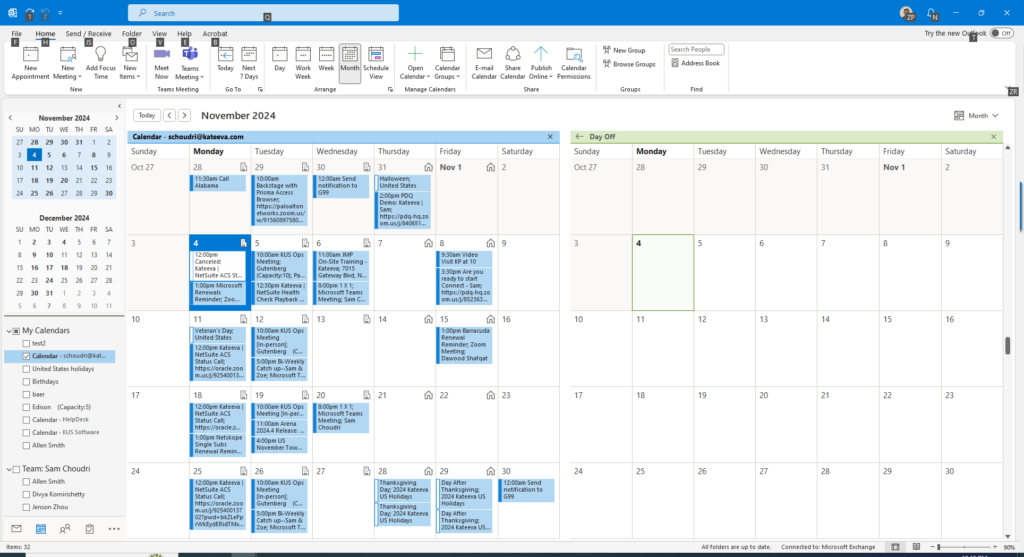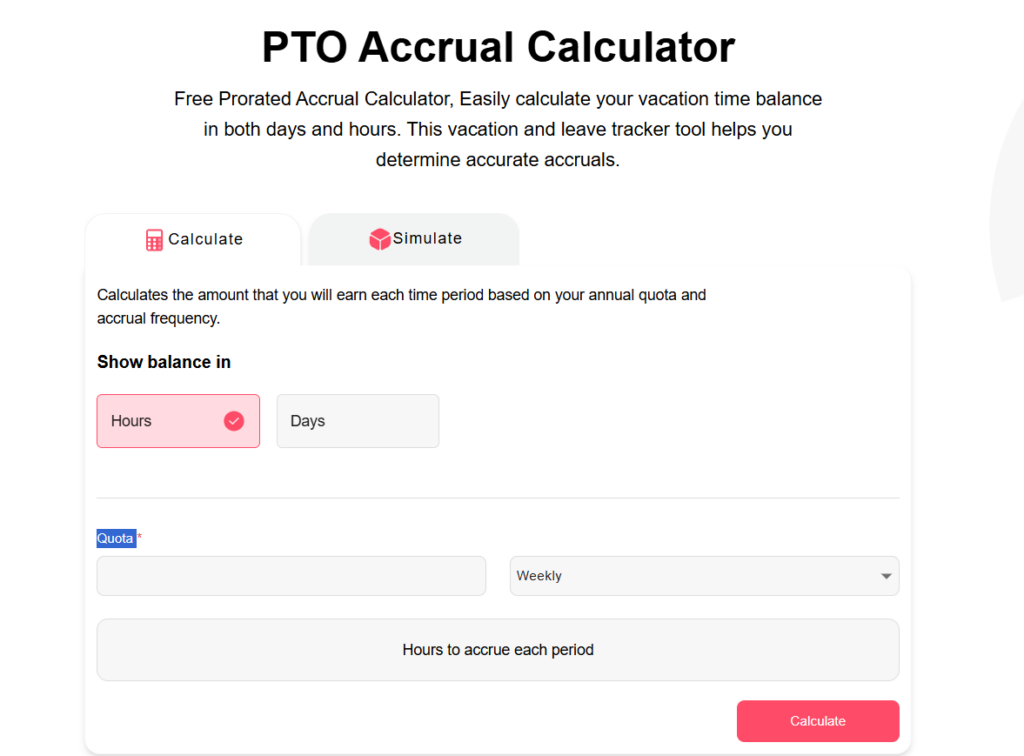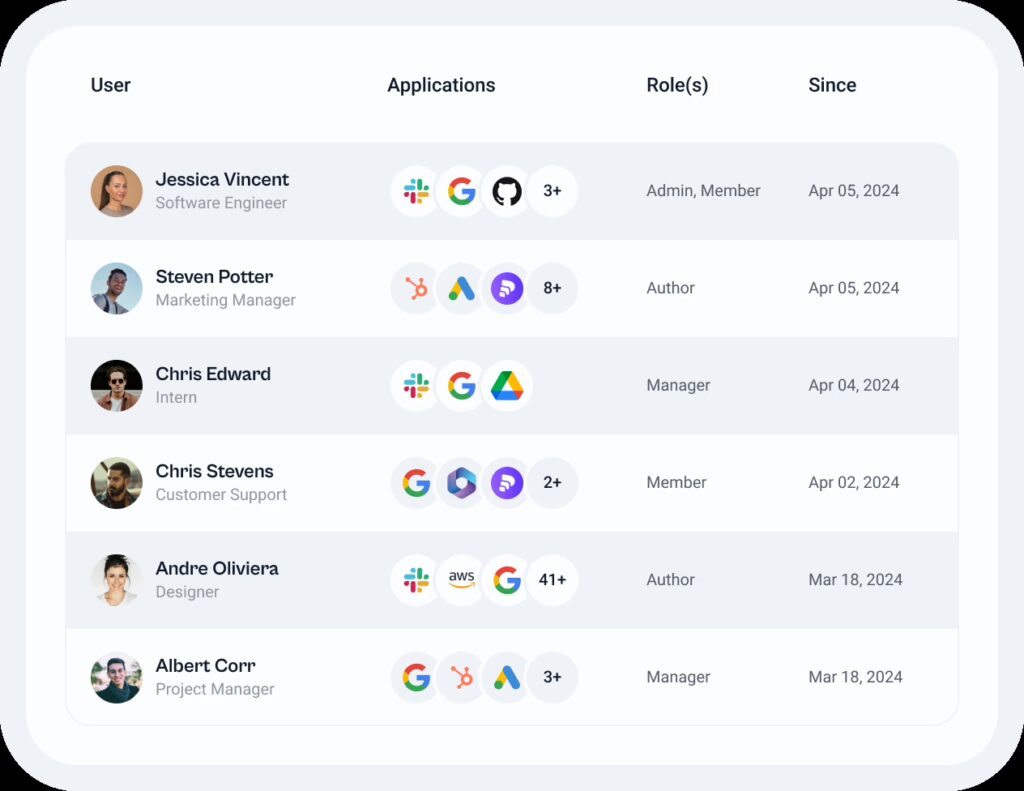The rise of remote work schedules has transformed the way organizations operate, bringing both opportunities and challenges. One of the most critical aspects of managing a remote workforce is tracking employee leave effectively. A leave tracker designed for remote teams ensures transparency, prevents scheduling conflicts, and fosters employee satisfaction. Let’s explore why a leave tracker is essential for managing remote teams, the challenges it addresses, and the features you should look for when choosing the right solution.
Day Off Vacation Tracker
Why Is a Leave Tracker Essential for Remote Teams?
Managing a team spread across different locations or even time zones requires meticulous organization. Traditional methods, such as spreadsheets or paper based leave tracking, are not only time consuming but also prone to errors. For remote teams, these inefficiencies are magnified due to limited face to face interaction.
Here’s why a leave tracking is indispensable for remote teams:
Centralized Data
A leave tracker consolidates all leave related data in one place, accessible to managers and employees alike. This eliminates confusion and ensures everyone has the same up to date information.Transparency and Accountability
Employees can view their leave balance, submitted requests, and approvals in real time. This transparency reduces misunderstandings and fosters trust.Streamlined Communication
With remote teams, communication delays can disrupt workflows. A leave tracker automates notifications for leave requests, approvals, and reminders, keeping everyone in the loop.Compliance with Policies
A leave tracker ensures adherence to company leave policies and labor laws, reducing the risk of non compliance and associated penalties.Improved Productivity
By minimizing administrative overhead, managers can focus on strategic tasks, while employees enjoy a seamless leave management experience. This improved efficiency is particularly valuable for fast paced organizations.Data Driven Insights
Modern leave trackers provide detailed analytics, helping organizations identify patterns such as high absenteeism, peak leave periods, or unutilized leave balances. These insights support data driven decision making.
Challenges Addressed by Leave Trackers for Remote Teams
Remote teams face unique challenges when it comes to leave management. A leave tracking addresses these hurdles effectively:
Time Zone Differences
Coordinating leave schedules across different time zones can be tricky. Leave trackers often feature time zone aware scheduling to avoid overlapping leaves.Limited Oversight
Without in person supervision, tracking leave manually can lead to errors, favoritism, or missed leave requests. A leave tracker provides an objective and automated solution.Overlapping Leave Requests
In a remote setup, ensuring adequate team coverage is critical. A leave tracker flags overlapping leave requests to prevent workflow disruptions and ensure business continuity.Lack of Real Time Updates
Remote teams require instant access to leave status to adjust schedules dynamically. Leave trackers provide real time updates, ensuring smooth operations.Employee Engagement and Morale
Remote employees may feel isolated or disconnected. Transparent leave tracking ensures fairness and helps build a culture of trust and inclusion.Difficulty in Policy Enforcement
Remote teams often include members from diverse locations with different labor laws and leave entitlements. Leave trackers simplify policy enforcement by automating rules based on regional regulations.
Key Features of an Effective Leave Tracker for Remote Teams
When selecting a leave tracking for your remote team, look for these essential features:
Cloud Based Accessibility
A cloud based solution ensures team members can access the leave tracker from anywhere, using any device with an internet connection.Integration with Collaboration Tools
Seamless integration with platforms like Slack, Microsoft Teams, or Google Workspace enhances usability. Notifications about leave requests or approvals can appear directly in these tools, ensuring quick action.Time Zone Compatibility
A good leave tracker adjusts schedules and notifications according to the user’s time zone, eliminating confusion in global teams.Customizable Leave Policies
The tracker should support various leave types (e.g., sick leave, PTO, maternity leave) and allow customization of accrual rates, carryover rules, and approval workflows.Automated Approvals and Notifications
Automating the leave approval process and sending timely notifications to all relevant stakeholders reduce delays and keep everyone informed.Leave Analytics and Reporting
Detailed analytics provide insights into leave trends, helping managers optimize staffing and identify patterns like frequent absenteeism or excessive unused leave.Mobile Friendly Interface
A mobile friendly leave tracker ensures employees can submit and manage leave requests on the go, promoting flexibility and convenience.Employee Self Service Portal
An intuitive self service portal empowers employees to check leave balances, request time off, and track approvals without managerial intervention.
How to Successfully Implement a Leave Tracker for Remote Teams
To make the most of your leave tracker, follow these steps:
Define Clear Leave Policies
Ensure your leave policies are well documented and communicated to all team members. Include specifics such as types of leave, accrual rates, and approval processes.Choose the Right Tool
Evaluate multiple leave tracker options and choose one that aligns with your organization’s size, structure, and needs. Look for scalability to accommodate future growth.Provide Training
Offer comprehensive training to employees and managers on how to use the leave tracker. Highlight features that simplify their daily tasks and encourage adoption.Encourage Regular Usage
Consistent use of the leave tracker by all team members ensures accurate data and reduces dependency on manual processes.Monitor Usage and Optimize
Use analytics to identify bottlenecks in leave approval workflows or anomalies in leave patterns. Adjust policies or processes based on these insights.Gather Feedback
Regularly solicit feedback from employees and managers to identify areas for improvement. Incorporate suggestions into updates or future enhancements.
Benefits of Using a Leave Tracker for Remote Teams
Organizations that adopt leave trackers for remote teams enjoy numerous benefits, including:
Improved Employee Satisfaction
Transparent leave management promotes trust and fairness, boosting morale.Enhanced Productivity
Automating repetitive tasks like leave calculations or approvals frees up time for strategic initiatives.Cost Savings
Avoiding errors in leave tracking reduces costs associated with overpayments, non compliance, or disputes.Scalability
A leave tracker can grow with your organization, handling increased complexity as your remote team expands.Compliance Assurance
Automating policy enforcement ensures compliance with local and international labor laws, protecting your organization from legal risks.
Frequently Asked Questions
What is a PTO tracking app, and how does it work?
A PTO (Paid Time Off) tracking app is a digital tool that helps employees and employers manage leave requests, balances, and policies. It automates processes such as accrual calculations, approvals, and record keeping, ensuring accuracy and transparency across the organization.
Why is PTO tracking important for work life balance?
PTO tracking ensures that employees take the time off they are entitled to, which helps prevent burnout, improves mental health, and supports a more balanced lifestyle. For employers, it ensures proper staffing and promotes a healthy, productive workplace culture.
What problems do PTO tracking apps solve?
These apps eliminate manual errors, reduce HR administrative burden, improve transparency in leave policies, prevent overlapping leave requests, and ensure compliance with labor laws, all while making it easier for employees to manage their time off.
Can PTO tracking apps integrate with other tools?
Yes, most modern PTO tracking apps integrate with popular platforms like Google Calendar, Outlook, Slack, Microsoft Teams, and HR software. These integrations help synchronize leave data and improve communication across teams.
Are PTO tracking apps suitable for remote or global teams?
Absolutely. Many PTO tracking apps offer features like multi language support, time zone management, and compliance with international labor laws, making them ideal for distributed teams or multinational organizations.
What features should I look for in a PTO tracking app?
Look for features such as an intuitive interface, mobile access, real time notifications, customizable leave policies, integration with calendars, team calendar views, role based access, and reporting tools for actionable insights.
How do PTO apps encourage employees to take time off?
PTO tracking apps highlight available leave balances, send reminders about unused days, and simplify the leave request process. This encourages employees to use their time off, helping to prevent stress and maintain productivity.
Conclusion
Managing leave for remote teams is no longer a challenge with the right tools and strategies. A leave tracker provides the organization, transparency and automation needed to streamline leave management, enhance productivity, and maintain employee satisfaction.
Investing in a robust leave tracker isn’t just a smart operational decision; it’s a commitment to fostering trust and efficiency within your remote workforce. Whether your team operates entirely remotely or in a hybrid model, a leave tracker is a vital component of modern workforce management.


